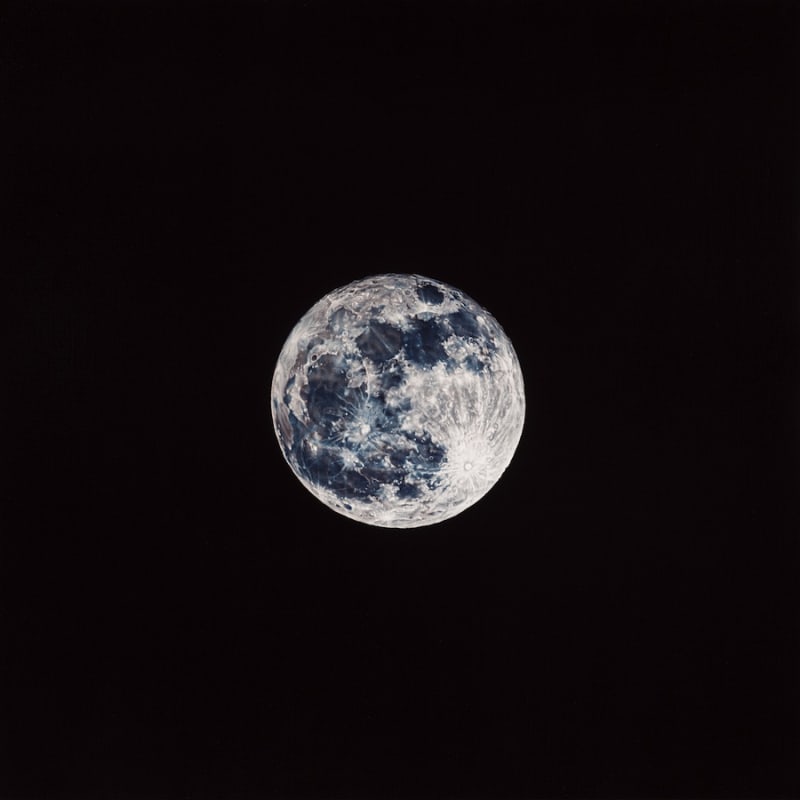NEW YORK
Damian Loeb
ACQUAVELLA GALLERIES
18 East 79th Street (Between Madison and Fifth Avenues)
March 1–April 11, 2014
It isn’t easy to assign contemporary artistic companions to Damian Loeb’s work, which orbits in its own satellite of what has been called hyperreal pictorialism. The sixteen paintings in “Sol-d,” named for an obscure astronomical cataloging term for Earth, show landscapes and starscapes that the artist has meticulously transcribed in oil paint by referencing his own digitally edited photographs and, occasionally, images captured by the Hubble Space Telescope. These sources are fused into final works through a process that also involves Loeb’s own memory, as well as a type of meditated visualization—recalling Ansel Adams’s Zone System—to produce compelling pictures that are authentically illusive. The works emulate both photograph and reality; they are not exactly photorealist nor exactly real. Presenting nature at its most glittering flashpoints, the paintings on view depict blinding sunsets, the glowing moon close-up, and the Milky Way rendered in high-focus detail, each star obsessively accounted for.
A self-taught artist, Loeb paints to explore the craft itself as well as the nature of the world via his own experience, and does so with minimal engagement of larger critical conversations. If the show’s title cheekily alludes to commercialism, it is perhaps the only such anaphora: The works are unself-consciously apolitical, offering no comment on the metaphysical subjects that freely wander through one’s mind while regarding the universe’s expansiveness—mortality, spirituality, fleeting environmental perfection.
Instead, each image functions as a monumental trophy in the fashion of a Mannerist masterwork, labored over by Loeb for months at a time until a level of vibrant melodrama is achieved—one recalls the strategic orchestration of Gregory Crewdson’s cinematic scenery. The paintings’ glossy, uniformly shellacked surface textures draw one into the imagery itself rather than the way it has been captured: Paint is merely a vehicle to bring a picture to life via manufactured realism. While perhaps no picture could truly mimic the experience of seeing nature firsthand, Loeb’s works offer a surprising parallel: electrified versions of familiar views that, in their magnitude, romance one’s conceptions of ocular space.
